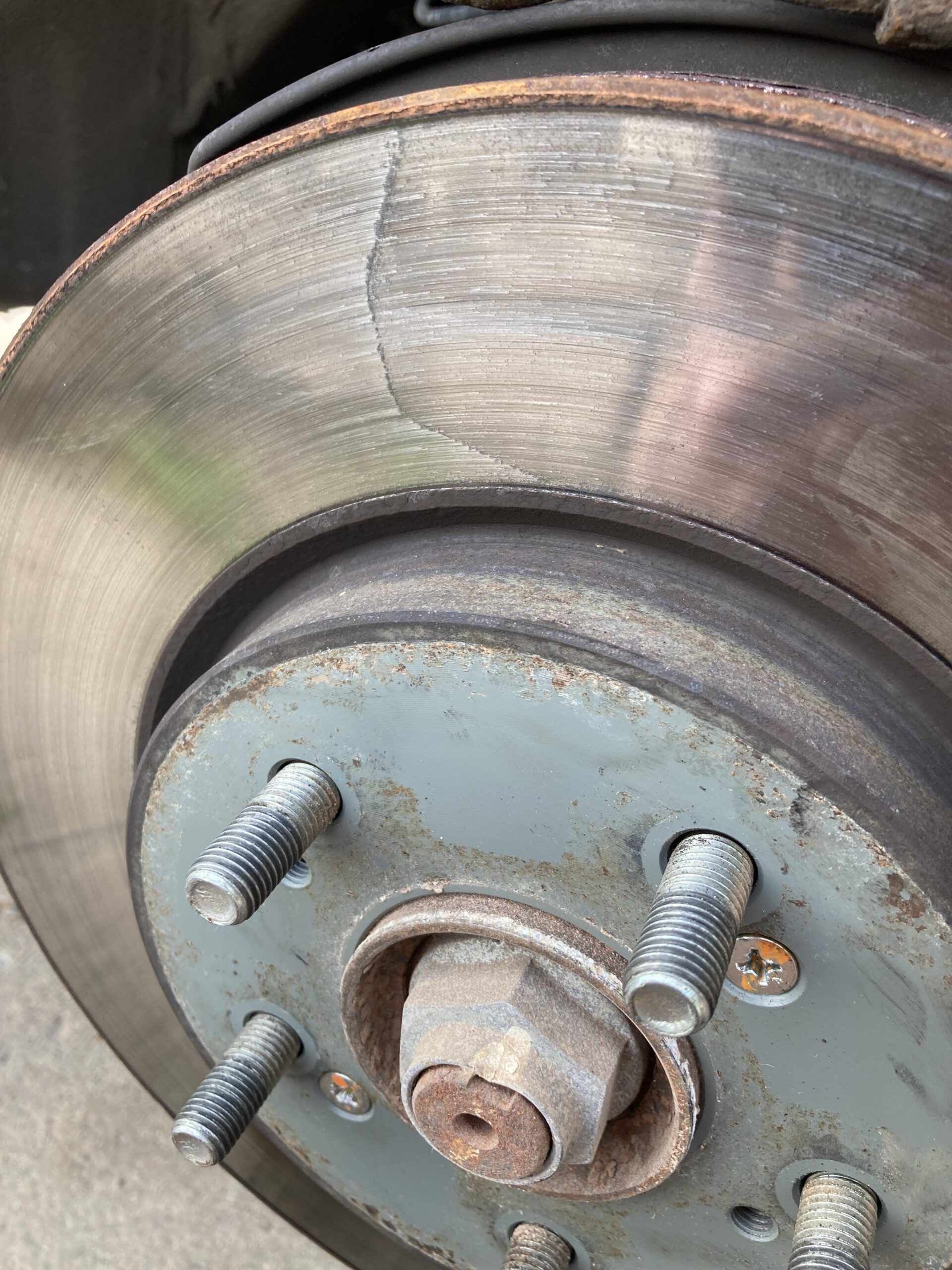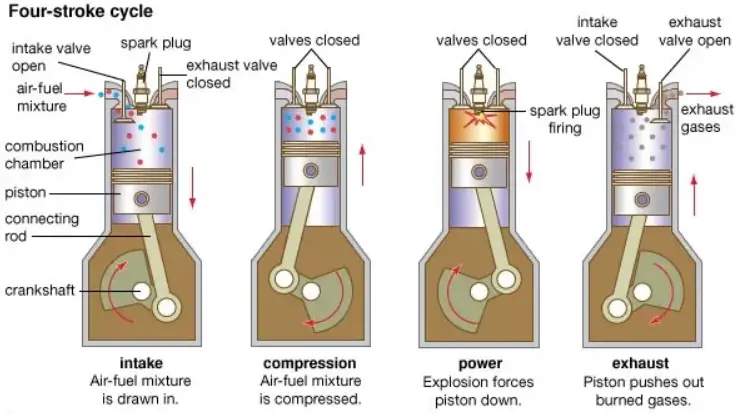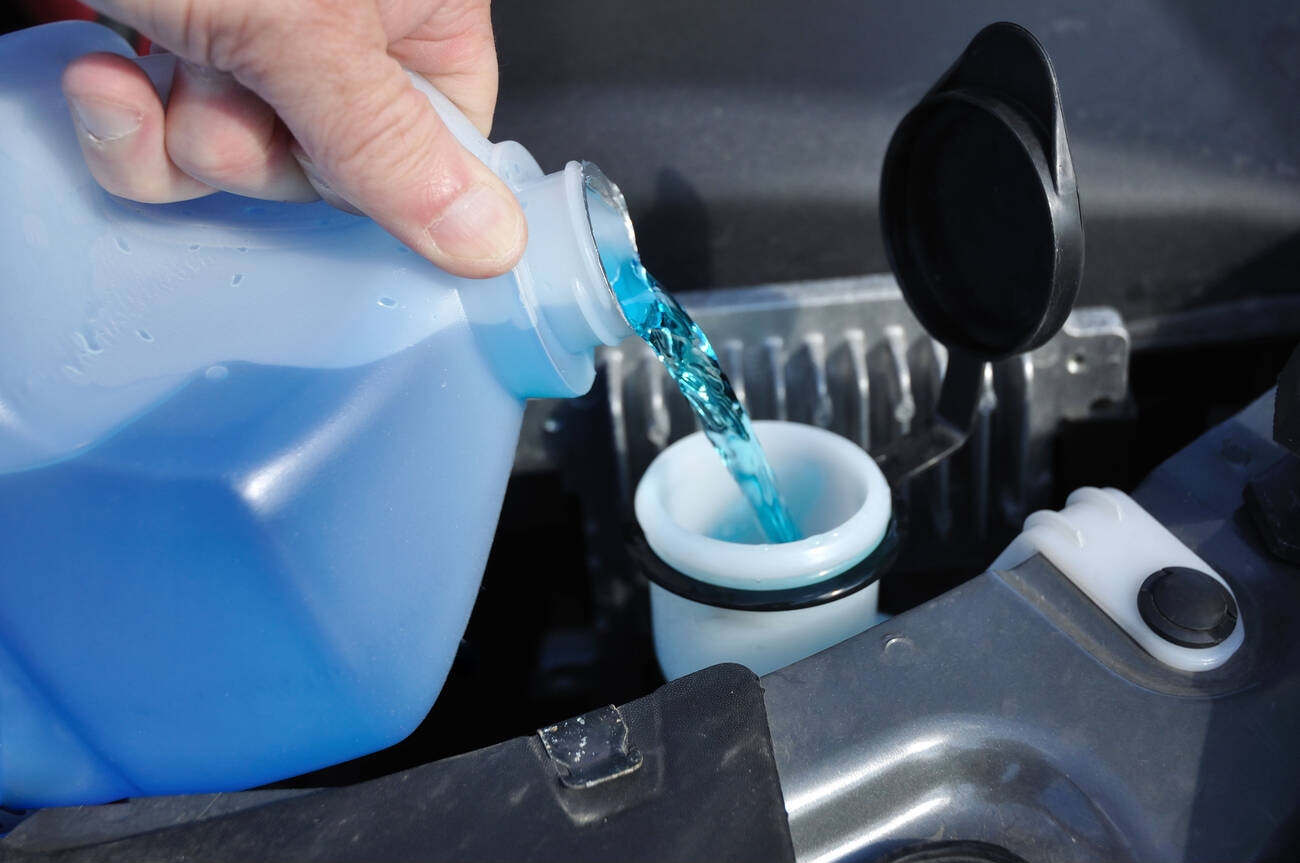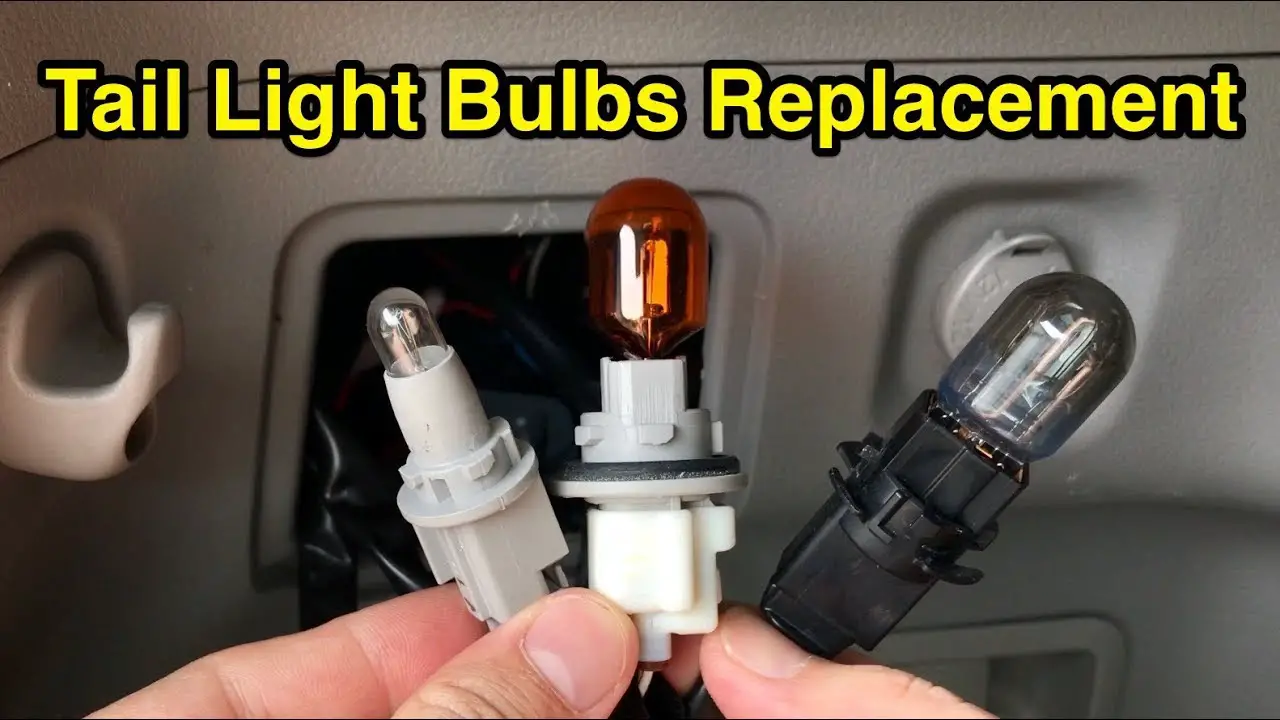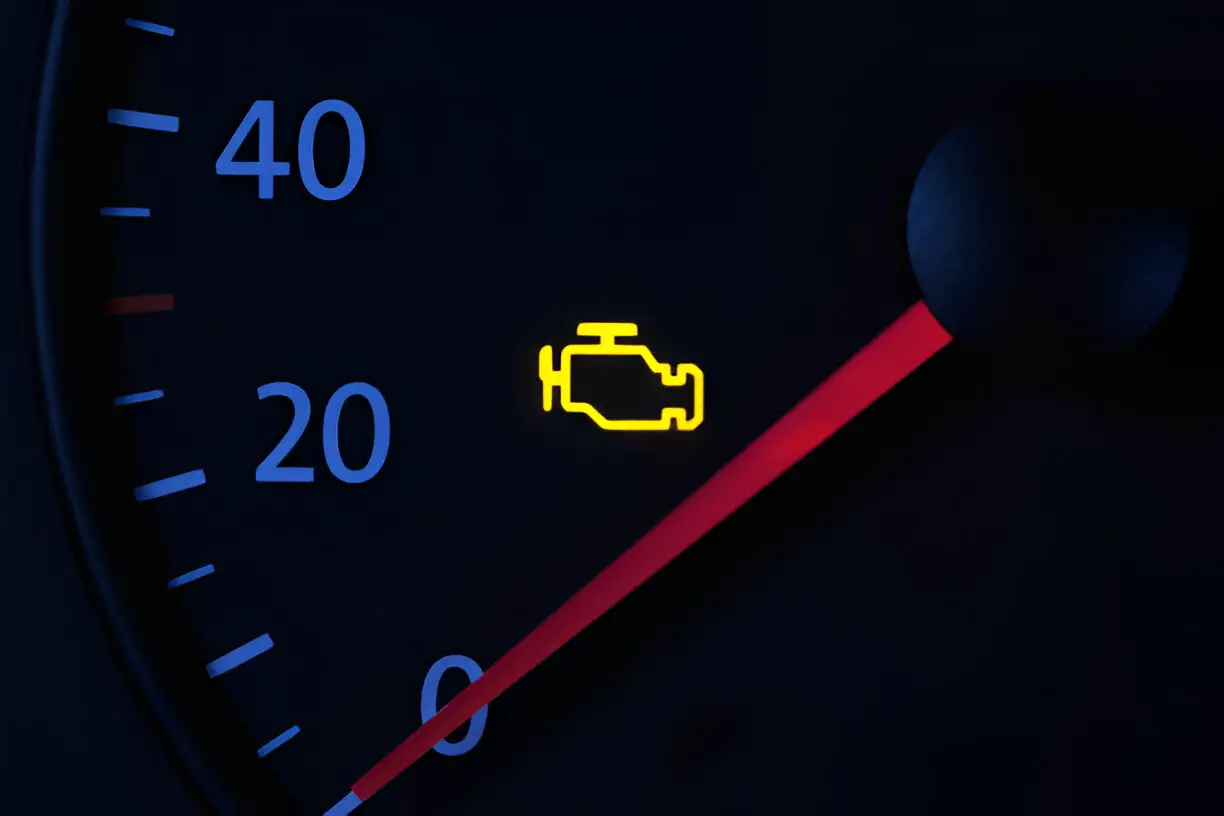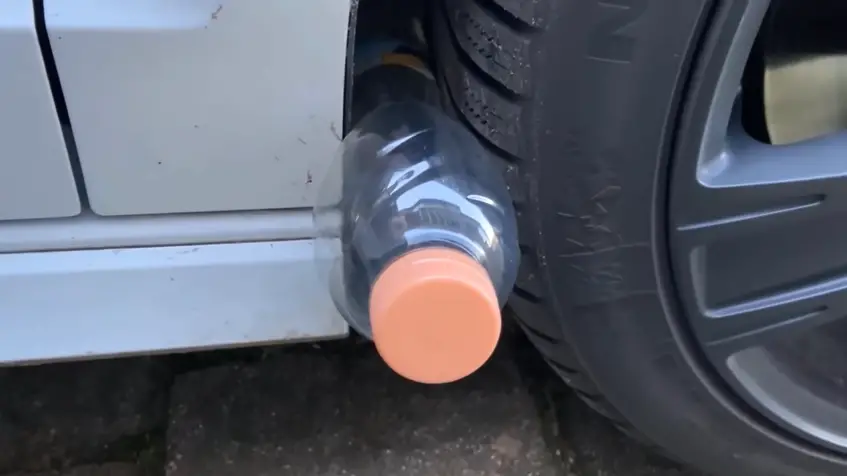Pulsating Brakes When Stopping: Quick Fixes & Tips
Pulsating brakes when stopping are usually caused by warped brake rotors, uneven brake pad wear, or issues with the brake calipers. This leads to vibrations in the brake pedal or steering wheel during braking. Have you ever noticed your brakes pulsating or vibrating when you come to a stop? This sensation can be unnerving, and … Read more
